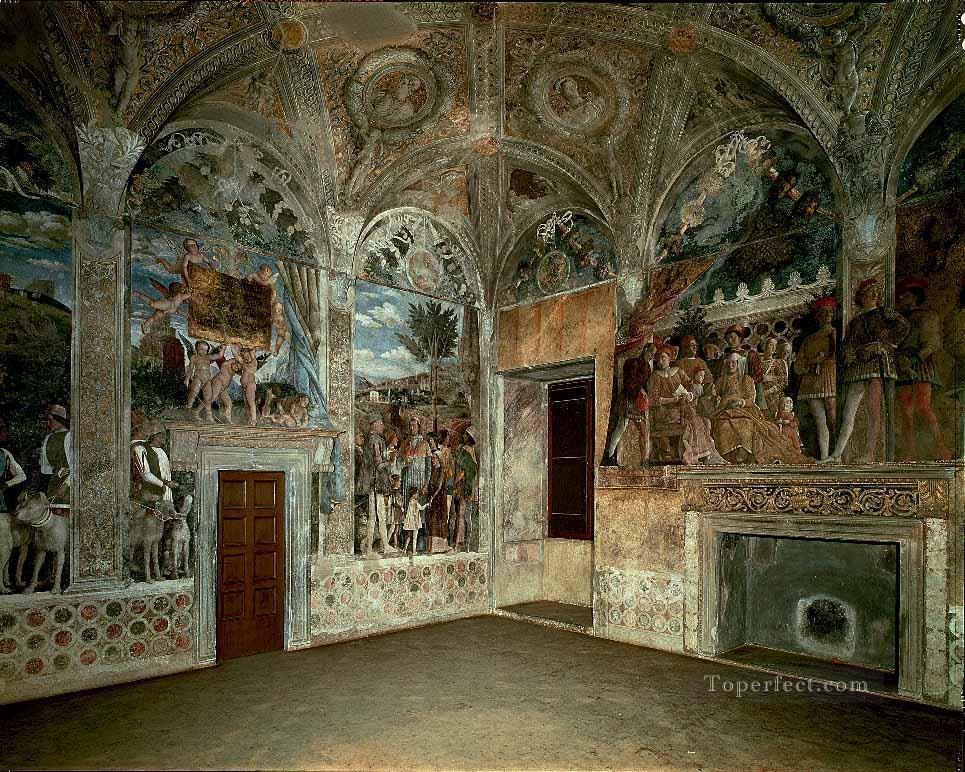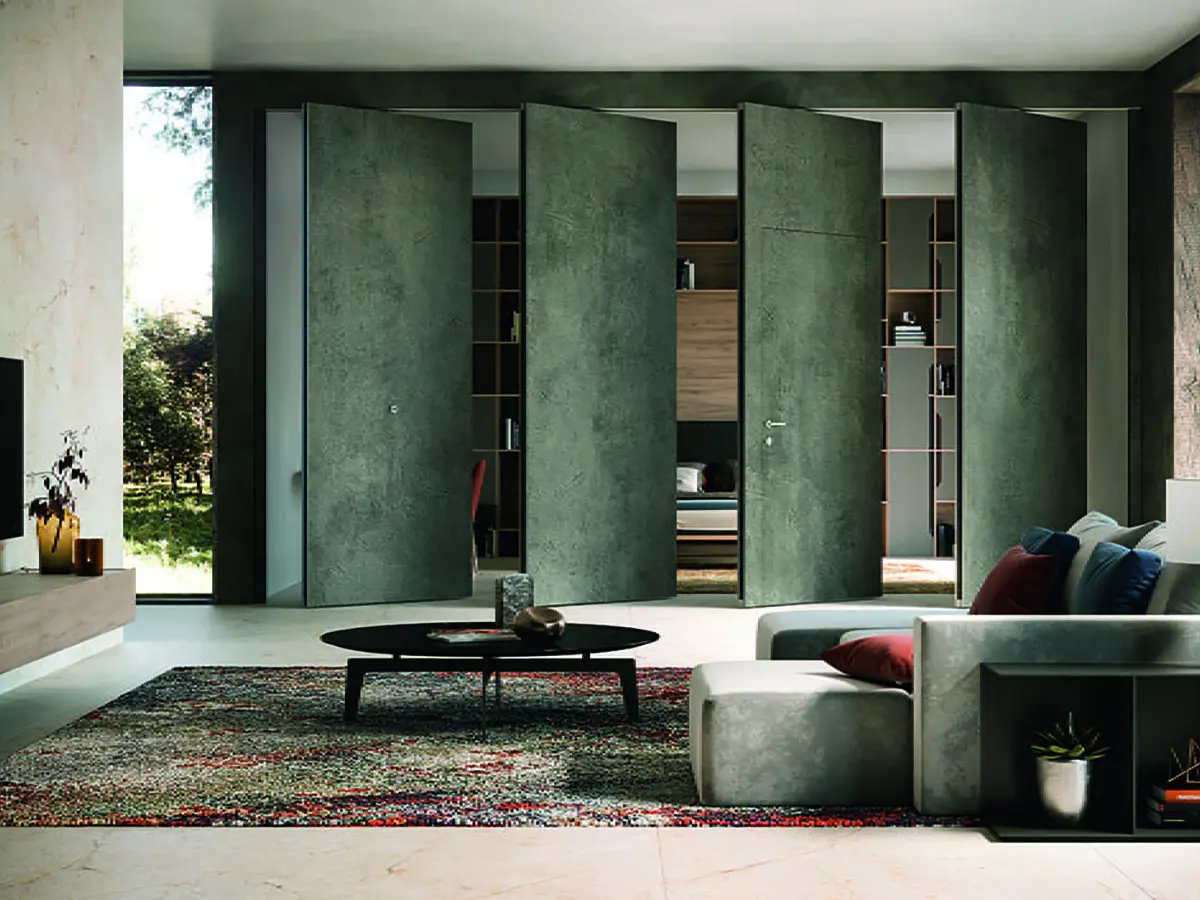Introduction
Walls have served as foundational elements in architecture throughout history, acting as both physical enclosures and symbolic representations of societal organisation. Traditionally, walls were characterised by their static nature, rigidly defining and confining spaces. The evolution of walls, however, mirrors the shifting dynamics of human interaction and space utilisation.
In ancient civilisations, walls were predominantly defensive structures, fortifying cities against external threats. The Great Wall of China stands as a testament to this utilitarian purpose, showcasing the earliest form of monumental boundary construction. As societies progressed, walls took on additional roles, dividing spaces for practical and cultural reasons. In medieval European castles, thick stone walls not only protected against invaders but also provided structural support for towering structures.

During the Renaissance, walls became canvases for artistic expression. Murals and frescoes adorned the interior surfaces, transcending their utilitarian function to convey stories and aesthetics. The advent of the Industrial Revolution ushered in a new era, marked by the mass production of building materials and the standardisation of construction techniques, resulting in more uniform and predictable walls.

The 20th century witnessed a paradigm shift as modernist architects sought to break away from the constraints of traditional walls. Open floor plans and the extensive use of glass challenged the notion of enclosed spaces, aiming to foster a sense of openness and transparency. This paved the way for the contemporary era where mobile walls, equipped with flexibility and adaptability, redefine the very essence of architectural boundaries. The evolution of walls reflects a dynamic interplay between functionality, aesthetics, and the changing needs of society.
Functionality and Adaptability
The core essence of mobile walls lies in their remarkable functionality and adaptability, ushering in a new era of spatial dynamics within architectural design. Functionality, in the context of mobile walls, refers to their capacity to serve diverse purposes and respond dynamically to changing spatial requirements.

Mobile walls come in various configurations, including sliding panels, accordion-style folds, and pivoting systems. This diversity of design enables architects and designers to tailor solutions based on the unique needs of a space. In commercial settings, such as conference halls or ballrooms, large expanses can be easily transformed into smaller, more intimate spaces through the manipulation of these mobile partitions. In open-plan offices, the ability to create private meeting rooms or collaborative areas on demand enhances the functionality of the workspace, promoting flexibility and efficiency.
The integration of technology further amplifies the functionality of mobile walls. Automated systems empower users with the ability to control the movement of partitions effortlessly, allowing for swift and seamless adjustments to the spatial layout. This technological synergy aligns mobile walls with the principles of smart architecture, where the built environment becomes responsive and adaptive to the occupants’ needs.

Adaptability, on the other hand, speaks to the transformative nature of mobile walls in accommodating diverse activities and functions within a given space. The partitions can be manipulated to create an open, expansive area for events or exhibitions and just as easily reconfigured to establish separate, private rooms for meetings or work sessions. In residential settings, mobile walls offer the flexibility to convert a single space into various living arrangements, adjusting to the evolving needs of occupants.
In essence, the functionality and adaptability of mobile walls not only redefine the traditional concepts of spatial boundaries but also empower architects and users alike to mold and customise their environments with unprecedented flexibility, ushering in a new era of dynamic architectural design.
Spatial Optimisation and Efficiency
One of the key advantages of mobile walls lies in their ability to optimise spatial usage. In environments with limited square footage, such as urban apartments or compact offices, the capacity to modify space dynamically becomes invaluable. Mobile walls contribute to spatial efficiency by allowing rooms to serve multiple purposes, eliminating the need for dedicated areas that remain underutilised.

Moreover, the adaptability of mobile walls contributes to energy efficiency. By adjusting the layout of a space based on natural lighting and ventilation, these walls facilitate a more sustainable approach to architectural design. The reduction in the need for artificial lighting and climate control systems aligns mobile walls with the principles of eco-friendly architecture, promoting a harmonious relationship between the built environment and nature.
Aesthetic Considerations and Design Innovation
Aesthetic considerations and design innovation intertwine seamlessly in the realm of mobile walls, offering architects a canvas for creative expression within functional boundaries. Beyond their utilitarian purpose, these movable partitions present an opportunity for artistic exploration and customisation. Architects and interior designers leverage a spectrum of materials, textures, and finishes, tailoring mobile walls to harmonize with the overall design aesthetic of a space.
The flexibility in design allows for the integration of mobile walls as not just practical elements but as aesthetic focal points. Whether clad in sleek modern materials to complement a contemporary setting or adorned with intricate patterns and textures for a touch of tradition, mobile walls become an integral part of the visual narrative within a space. This fusion of functionality and aesthetics exemplifies design innovation, where the pragmatic meets the artistic, elevating the impact of mobile walls from mere partitions to dynamic elements that contribute to the overall beauty and sophistication of architectural spaces.
Conclusion
The use of movable barriers into modern architectural design signifies a fundamental change in the way we view and utilise space. These moveable barriers’ adaptability, practicality, and aesthetic opportunities meet the changing demands of a changing civilisation. In the ever-evolving field of architecture, mobile walls serve as a monument to the transforming potential of design in influencing our interactions with the built environment.
Feature Image Courtesy| Daisuke Shima
Vertical Wonders: The Architecture of Azim Premji University

Contributor






